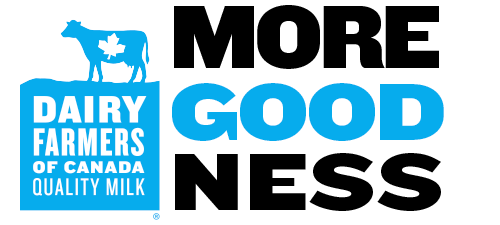Environmental Sustainability
Dairy Farmers of Canada is committed to working towards net-zero greenhouse gas emissions by 2050. Every farm has the opportunity to contribute to this goal.
Canadian dairy farmers have a long history as stewards of the land. We have made great progress towards a sustainable future for dairy – our carbon footprint is now one of the lowest in the world. The innovative nature of dairy farmers ensures a commitment to continuous improvement, so we’re not stopping there. That’s why Dairy Farmers of Canada (DFC) set a goal for our sector to reach net-zero greenhouse gas (GHG) emissions from dairy production by 2050. This is an achievable target because of the hard work that’s already being done by farmers like you.
So, how do we get to net zero? By voluntarily adopting best management practices that will reduce on-farm emissions and increase overall sustainability. Some of these practices may already be in place on your farm.
To help you along our path, DFC has released our Net Zero by 2050: Best Management Practices Guide to Mitigate Emissions on Dairy Farms, developed in consultation with experts to help farmers identify and implement best management practices (BMPs) that make the most sense for their farms.
The new guide is designed to help you with future farm planning. The 44-page downloadable booklet provides an overview of 30 on-farm practices identified in current research that outline opportunities for reducing emissions, increasing carbon sequestration, and improving overall environmental sustainability.
The BMPs are organized according to the four categories in DFC’s Life Cycle Assessment: Livestock Management, Feed Production, Manure Management, and Energy, Infrastructure and Transportation, along with a fifth category for Land Management, which includes practices aimed at carbon sequestration and biodiversity enhancement. Each BMP highlights the benefits associated with each practice, tips for implementation, and resources for additional information.
Learn more about the Best Management Practices Guide

Livestock Management
Learn More
Feed Production
Learn More
Manure Management
Learn More
Energy, Infrastructure and Transportation
Learn More




